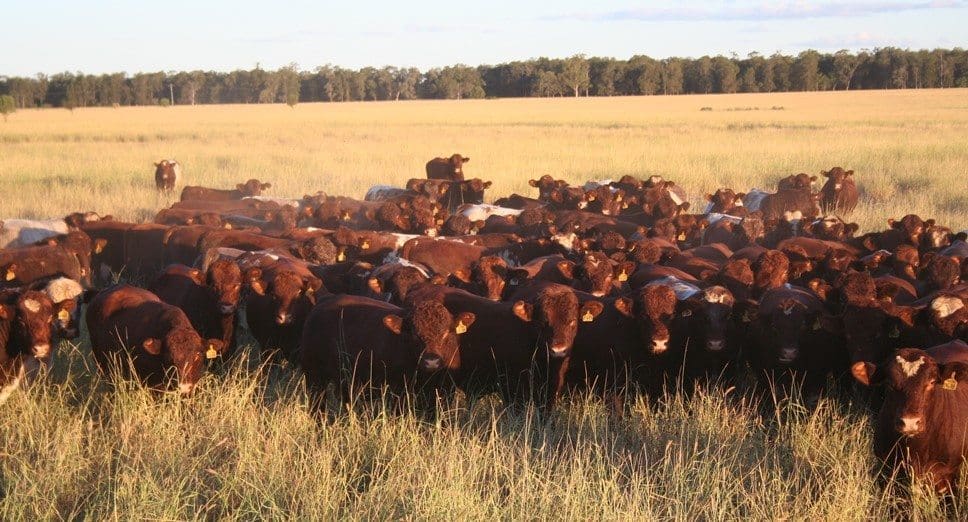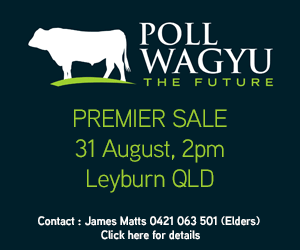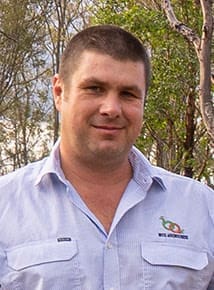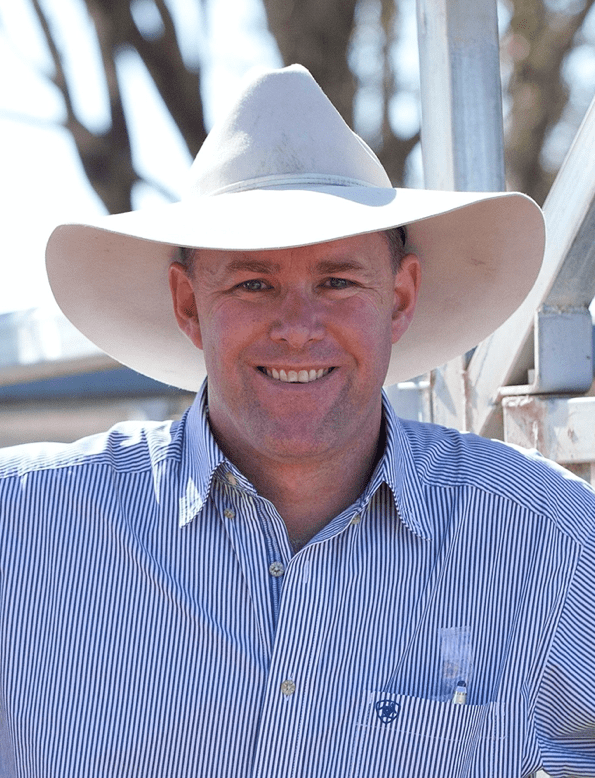
PURCHASING bulls is an undertaking for almost all beef producers, with the exception of those who focus entirely on trading cattle.
For virtually everybody else, purchasing bulls, along with the associated decisions of where, how, when and at what cost, is generally an annual task.
The choice of where to purchase a new herd bull can be the source of some confusion among beef producers. It is true there are many customers who have a preferred seedstock breeder.
They return to purchase bulls from that breeder year after year. The strong loyalty felt by producers to their bull breeders is a key driver behind these producers’ ongoing support for their bull breeder. This is often returned by the seedstock producer, with strong interest in the beef producer’s production system and in their ongoing commercial success.
However, there are equally large numbers of producers who are very willing to look over the offerings of multiple seedstock breeders in their search for their next sire. While some do this as part of a specific search for a bull that meets some clear trait goals, many more producers struggle to know which sale to attend, let alone which bull to purchase.
It is not uncommon to be asked by beef producers, “Who has the best bulls?” or “Where should I go this year for bulls?” Most agents, consultants and many fellow producers are asked these or similar questions every year. Providing an answer is never an easy task.
 Choosing a source for bulls is often determined by a number of subjective emotions. These can range from the perception of the breeder among the wider community; to successful and well promoted sale results; or to having a prefix name that is recognised widely as a result of sale, carcase competition, or even show ring success.
Choosing a source for bulls is often determined by a number of subjective emotions. These can range from the perception of the breeder among the wider community; to successful and well promoted sale results; or to having a prefix name that is recognised widely as a result of sale, carcase competition, or even show ring success.
Often the combination of these factors, along with the promotion undertaken by a seedstock breeder through advertising, emails, newsletters, youtube clips or other forms of marketing create a level of awareness that is hard to overlook.
After all, that is the point of advertising, promotion and undertaking other activity, be it in the show ring or hosting field days. For seedstock breeders, these activities are an essential part on helping attract producers to consider their sires as potential purchases at sale time.
However, these subjective emotions, based on perceptions or assumptions that sale prices, or show ribbons are directly associated to the genetic merit of the bulls in the catalogue can just as easily be misplaced.
Sale price can be driven by other factors aside from the true genetic merit of the bulls in the catalogue. Competition can be just as driven by sale attendees who want to secure an animal, simply because everyone else wants one from that prefix.
The animals that lead to show ring success don’t always reflect accurately the characteristics or the merit of the main breeding herd that are not on display at the show.
Attempting to separate the assumptions that are easily made, can be difficult. Often the answers to producers’ questions on where to select the next bull or which sale to attend are based around a combination of experience and knowledge of a particular breeder’s program and breeding goals, understanding of what their herds genetic profile is like, and also personal knowledge of the breeder.
It is often difficult to provide an objective answer, or at least a short list of names, without the feeling that very worthy seedstock programs may have been overlooked or not mentioned.
Is it worthwhile setting criteria?
Setting criteria around the characteristics of a preferred seedstock producer has probably been something that most in the industry have been reluctant to do. This may have been due to many of the subjective factors that influence the perceptions held towards various programs.
However, it is possible to set some clear objective criteria around preferred seedstock producers and use their criteria to set short lists up of programs to consider in the search for a new bull.

Ian McLean
As reported in Beef Central last week, agribusiness consultant Ian McLean from Bush Agribusiness has stepped into the discussion, and offered three clear criteria that he suggests can be used to help define a preferred seedstock producer.
Bush Agribusiness’s ‘Top Studs 2023’ report has listed three criteria that can be applied to any seedstock program in the country:
- They, and their breed, utilise BreedPlan and have at least one selection index.
- They register at least 50 animals a year on BreedPlan.
- Their 2021 drop average equals or exceeds the breed average for at least one selection index.
In compiling this list, Bush Agribusiness has identified more than 200 breeders across 13 breeds that qualify. Within the list there are many easily recognised prefix names. There are also some who may be less familiar, which may actually be of greater interest to producers than seeing the well-known names.
Less familiar doesn’t mean these programs are unknown. Often, they have a strong local profile or following, but less of a presence in the broader industry. Meeting the criteria set by Bush Agribusiness for a national profile could be an opportunity for the breeders to expand their client base as much as it is for producers to look more closely at programs, they are unfamiliar with.
It is possible that producers may choose to only use these criteria as a starting point in their process in choosing a sale or prefix to purchase their bulls.
However, a better use may be to use the list as an objective starting point for the search. Individuals might add their own additional criteria. Are bulls and the herd pestivirus tested, for example?
The final decision on which sale to attend may still be influenced by subjective factors, not the least is the ability to communicate and share your breeding objectives with the breeder.
No doubt there are breeders who will be challenged by inclusions or exclusions on this year’s list. However, as the criteria set for the list is objective, it is also very clear what targets breeders need to achieve in order to be included.
This doesn’t suggest that these criteria become the sole focus of the seedstock program. However, it can add a clear objective set of descriptors that can accompany other efforts to attract new clients.
 Alastair Rayner is the Principal of RaynerAg, an agricultural advisory service based in NSW. RaynerAg is affiliated with BJA Stock & Station Agents. He regularly lists and sell cattle for clients as well attending bull sales to support client purchases. Alastair provides pre-sale selections and classifications for seedstock producers in NSW, Qld, and Victoria. He can be contacted here or through his website www.raynerag.com.au
Alastair Rayner is the Principal of RaynerAg, an agricultural advisory service based in NSW. RaynerAg is affiliated with BJA Stock & Station Agents. He regularly lists and sell cattle for clients as well attending bull sales to support client purchases. Alastair provides pre-sale selections and classifications for seedstock producers in NSW, Qld, and Victoria. He can be contacted here or through his website www.raynerag.com.au

HAVE YOUR SAY